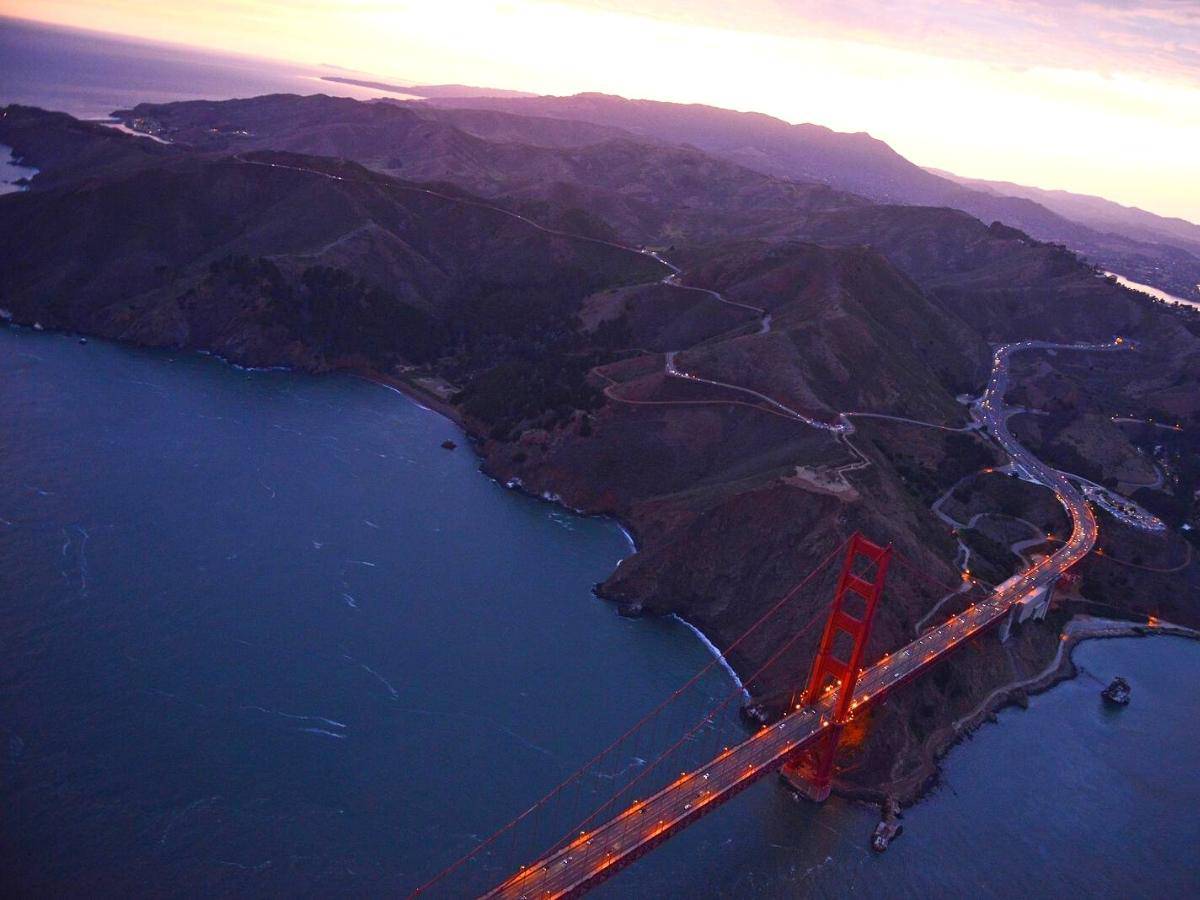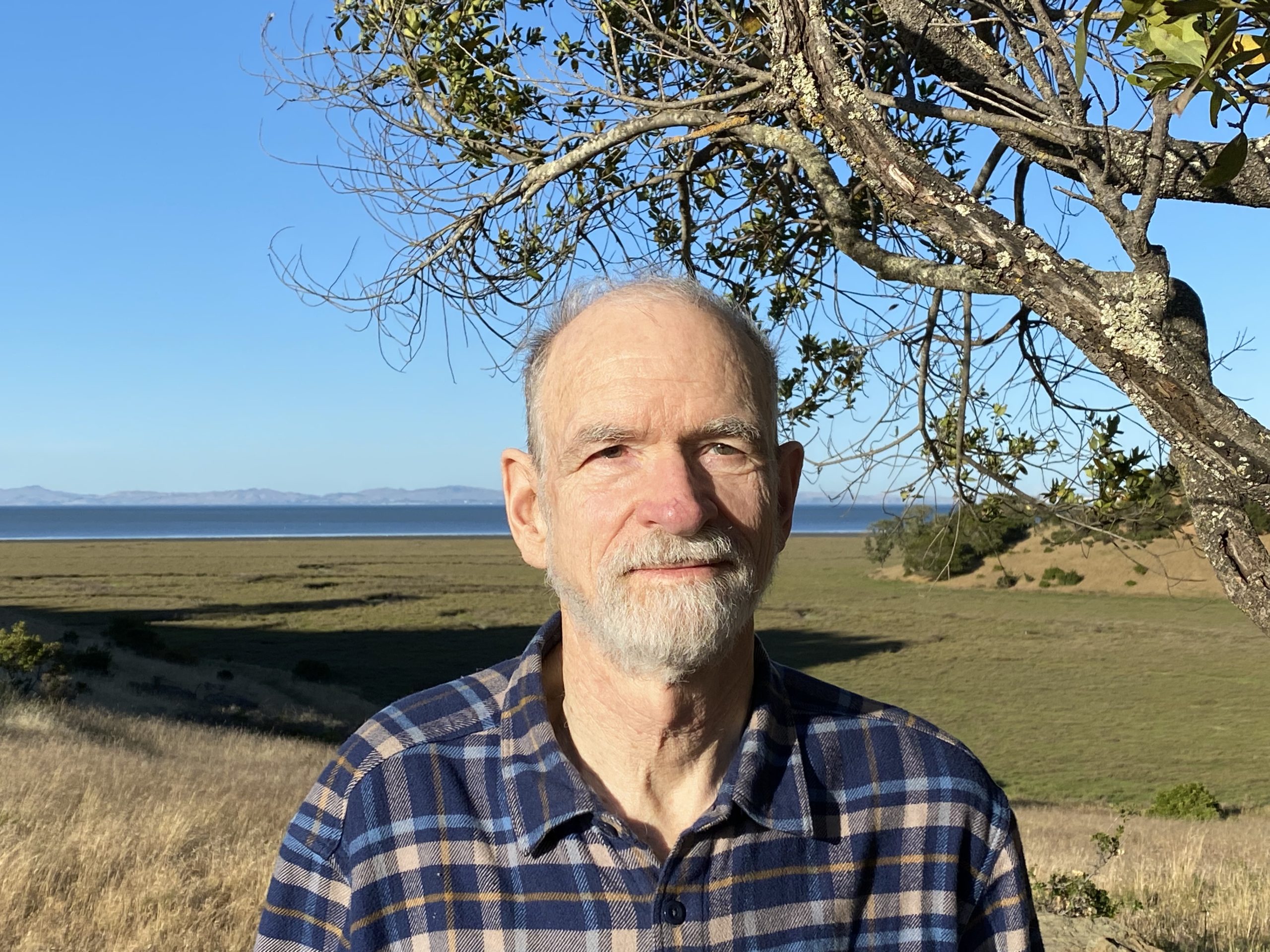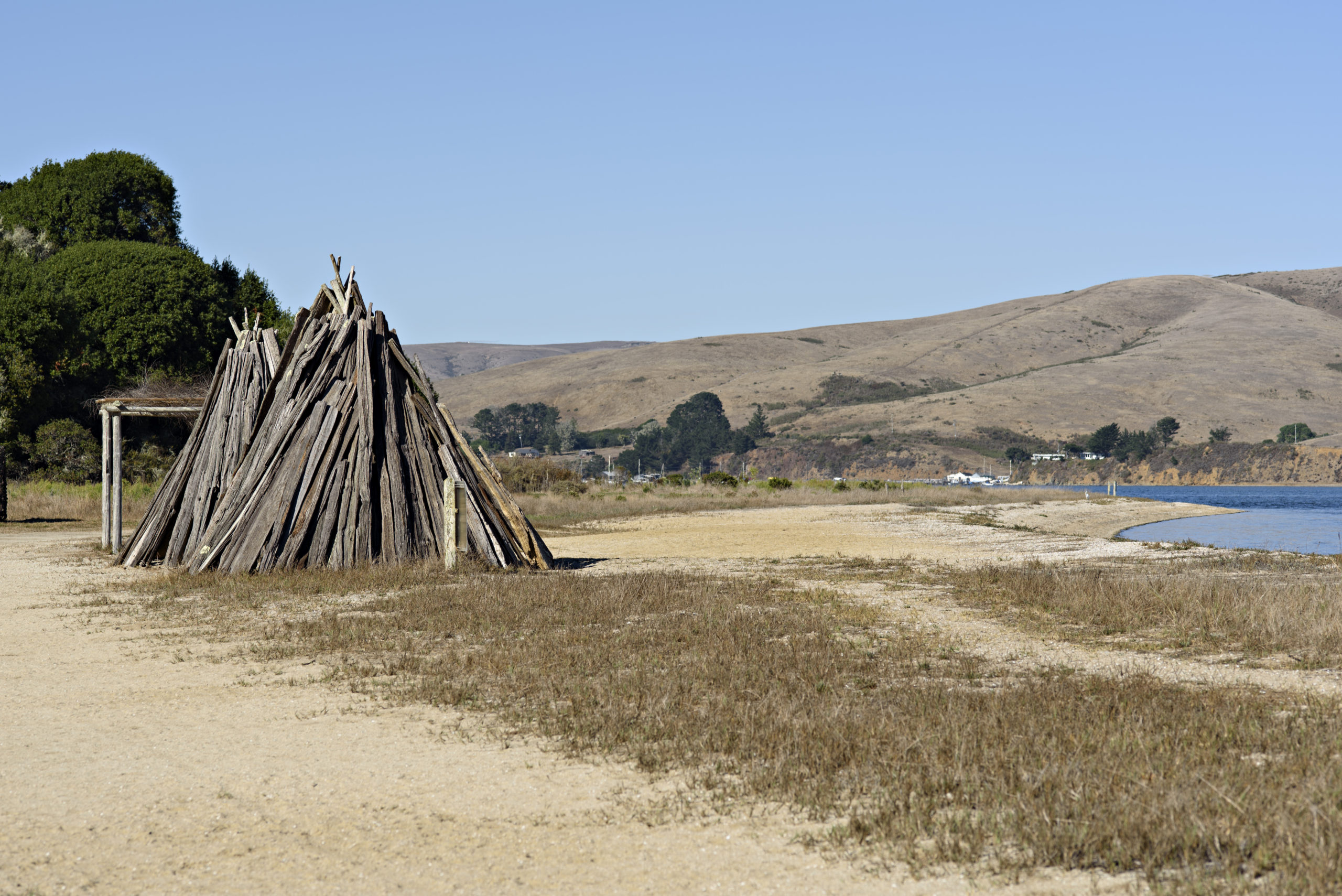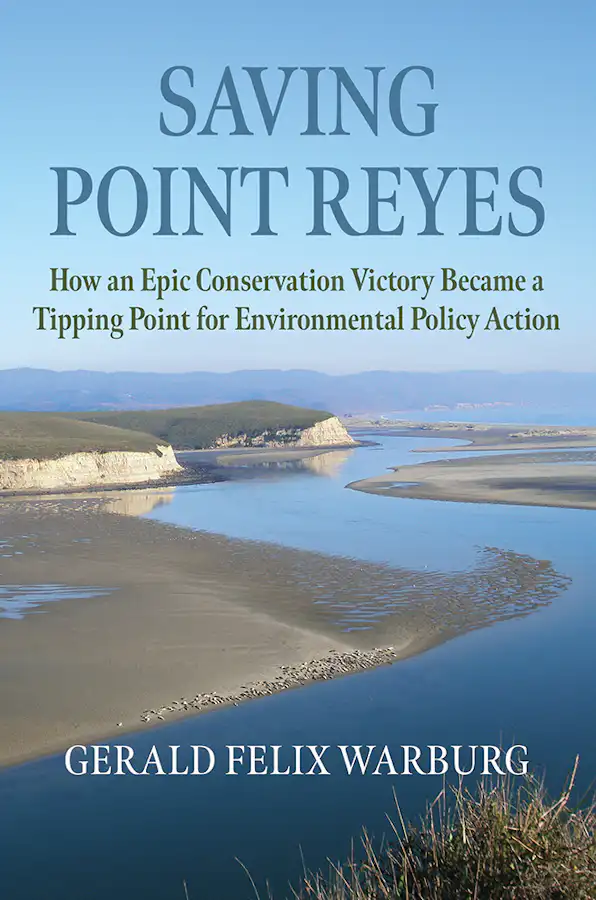
The Place
Marin County, a bridge away from San Francisco, is a gorgeous, problematic little world. Taxpayers nationwide have helped buy its magnificent parks; local efforts have placed half of its farmland under agricultural conservation easement. Its biodiversity is extraordinarily high; its human diversity extraordinarily low. Big choices lie ahead as the state brings pressure to house more people and as sea level rise and violent weather swings, results of global warming, upset old expectations. To help ground ongoing debates, Marinites and Marin-watchers need a deep knowledge of how the county got to where it is now: the marvelous natural endowment and its fortunes; the gains, losses, wrangles, transformations that have made Marin simultaneously an environmental model and for some a cautionary tale.

The Author
John Hart’s first byline appeared in Marin County’s weekly Pacific Sun in August of 1970. Since then, he has ranged over a vast landscape of environmental issues in 16 books and several hundred articles. Frequently, though, the Marin resident circles back to home turf. Four of his titles, including the award-winning Farming on the Edge (Univ. of California Press, 1991), have focused squarely on local affairs. His books were drawn on for the noted TV documentary Rebels with a Cause, which tells how a vast coastal greenbelt, stretching north from the Golden Gate, came to be.

The Project
Fifty years on, Hart is moved to tell in full the Marin environmental story he has addressed piecemeal, beginning with, indeed before, Coast Miwok days, in lively but impeccably documented fashion. Portions of the evolving text will be posted on this site.
Work will proceed chronologically, bringing each period into focus before approaching the next. Each chapter will be written to be a resource in itself.
No conventional publisher’s contract can support this multi-year effort. With MarinLink as fiscal sponsor and a crucial seed-money stake from the Marin Conservation League, he asks your support in the form of tax-deductible donations of any amount. Donors will be gratefully acknowledged and kept informed as the work progresses.

The State of the Work
It begins with the rocks. Hart is currently working on a chapter on geological and geographical basics of Marin: how the bones of the land were formed and shaped, how and when the county became a peninsula, and what makes it distinctive even among the varied landscapes of California. He will then turn to what is known about the plant and animal life of the region before the arrival of human beings by the end of the last glaciation.

News
Hart has just reported good news from the Marin Forest Health Strategy, a product of the land agencies that manage Mount Tamalpais (One Tam). Unlike inland forests, the authors suggest, coastal woodlands may be able to maintain themselves in a hotter world–with better management and some luck. And on November 11 Hart joined author Gerry Warburg and historian Dewey Livingston in Point Reyes Station to discuss Warburg’s new book Saving Point Reyes, the in-depth story of the 1969 campaign to keep the half-acquired Point Reyes National Seashore from foundering in an era of budget cuts and federal indifference.